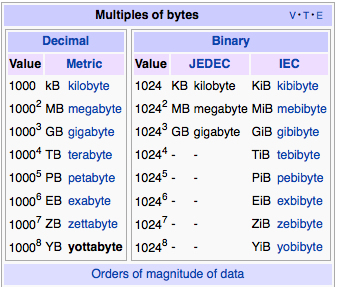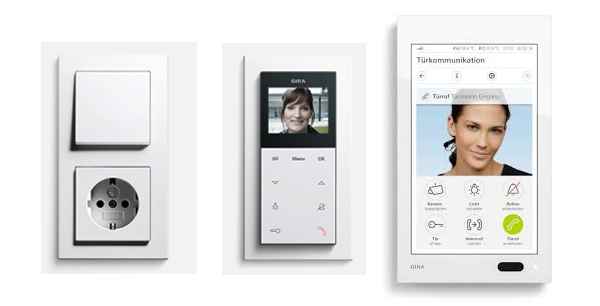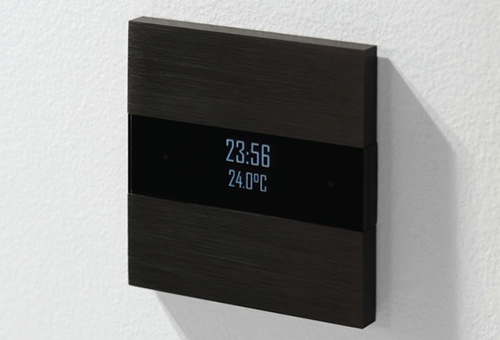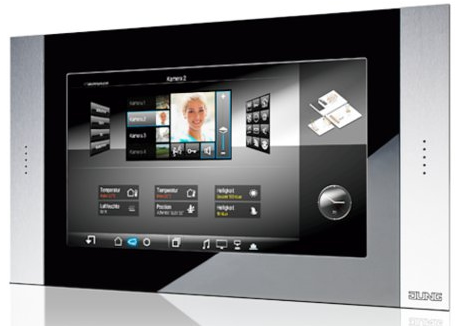 By Simon Buddle, Future Ready Homes.
By Simon Buddle, Future Ready Homes.
Many moons have passed overhead since I programmed my first user interface. Full of joy that I had managed to program a button to turn on the lights, a small LED to the button’s right informed me that I had been successful. That night, I told my girlfriend of this wondrous feat. “You mean you made a light switch work”, she replied, nonplussed. That was about the sum of it. Nonetheless for me, it was most definitely a magnificent line of code. The world, or should I say the Internet of Things, in which we live today, provides us with instant access to an almost infinite amount of information. Apparently there is more than a yottabyte of it out there.

The wealth of information available is mind-boggling. Even the smart home now has many layers of data available to the homeowner, from the simplest ‘Lights are on in the hall’ to much more advanced status reports such as energy usage or data dragged in from the outside world. The questions raised for me are ‘What is the right data?’ and ‘Where should it be displayed?’
Start with the User
System design starts, in my view, with the user’s needs/wishes – the ‘needs analysis’. The importance of this cannot be overstated. Designing systems around technology is folly. System design begins with the needs analysis process and ends with the implementation of the results of that analysis in the client’s home.
System design that provides the right functionality at the relevant location creates a conundrum for us in striking the right balance. You want to make some money along the way, but you will not be thanked for suggesting an in-wall touchscreen in the downstairs loo just to bring the lights on! Striking the right balance can be difficult.
Chatting with the customer about how they envisage using the house will give you a valuable insight into their lives. It is, however, unlikely that they will know exactly what they want and how they will use it. Putting yourself in the client’s shoes and understanding how a room will be used will fill in some of the gaps.
The kitchen, for example, may be a communal room where a lot of time is spent chatting and eating. Indeed it may be at the very heart of the house. This would be the right place for an all-encompassing user interface: lights, heating, door intercom, and outside weather. Whereas the formal reception room probably just needs a small and discreet light switch.
Get the Balance Right
So how do you get the balance right? Creating a controls schedule by room, that has two columns, namely a ‘Must have control of’ and ‘Nice to have control of’, may help to clarify the options a bit. Once completed, a quick look through the columns will help you to see some commonality between rooms in terms of the functionality required. At this point, you are then ready to choose which interfaces you will install.

How many types of user interface should the client have? I would say no more than three; simple room control (a light switch), comprehensive room control (lights, blinds, heating) and house/full control, but the fewer different types of interface the better. They should all be consistent in design and function layout, as well as being simple and intuitive to use.

Fortunately we are blessed with some great products that enable us to do this. The layered menu system creates the possibility to provide complete consistency in style but change the level of functionality by adding or removing menu layers. Devices such as the Basalte Deseo, Gira G1 or Jung’s KNX Smart-Pilot offer exactly that – a multi-layered menu system. These are much more than mere light switches, they are mini computers, capable of providing vast amounts of data.

Conclusion
Comprehensive control of a full house still requires a larger screen with bigger and better graphics. In the modern day, everyone has information instantly at their finger tips and they also expect the KNX system to be at their finger tips when they are on the sofa.
As the user interface moves in to the 21st century and becomes ever more complex and information-rich, so the need to be able to design and program the user interface in a consistent and useful way becomes fundamental to the success of the installation. As Einstein put it, “Everything should be made as simple as possible, but not simpler.”
Simon Buddle is a consultant for Future Ready Homes, a specialist in BMS and ELV services system design. Simon is also a regular contributor to KNXtoday magazine.
You are welcome to comment on this article. See below.












